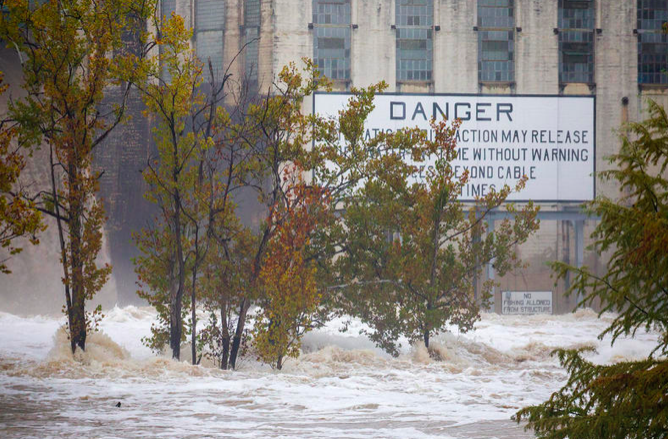Floodwaters shut down the Colorado River a year ago, bringing mud and silt to the treatment plants that supply Austin’s water. That aquatic sediment was too much for the plants to filter out efficiently. What followed will be remembered by anyone who lived here as “the week we all had to boil our water.”
Earlier in October, the City of Austin released a 346-page report looking at the city response to the breakdown in drinking water quality. It offers recommendations for how to better prepare for reservoirs getting too murky. Floating within the report there are also stories of how Austin’s government and institutions struggled to provide basic services during the boil-water mandate.
The report highlights how vulnerable populations were especially at risk during the water emergency. Homebound Austinites, for example, were unable to pick up water supplies from city distribution points – but water procured by the county for delivery never made it to some people.
Large institutions that care for and house vulnerable people received special attention in the “resilience” section of the assessment.
According to the report, 13 hospitals were affected by the water-boil order. The report said the law requires hospitals to store 12 gallons of reserve water per hospital bed on site. Not all hospitals did.
Read more from Mose Buchele with KUT here.

